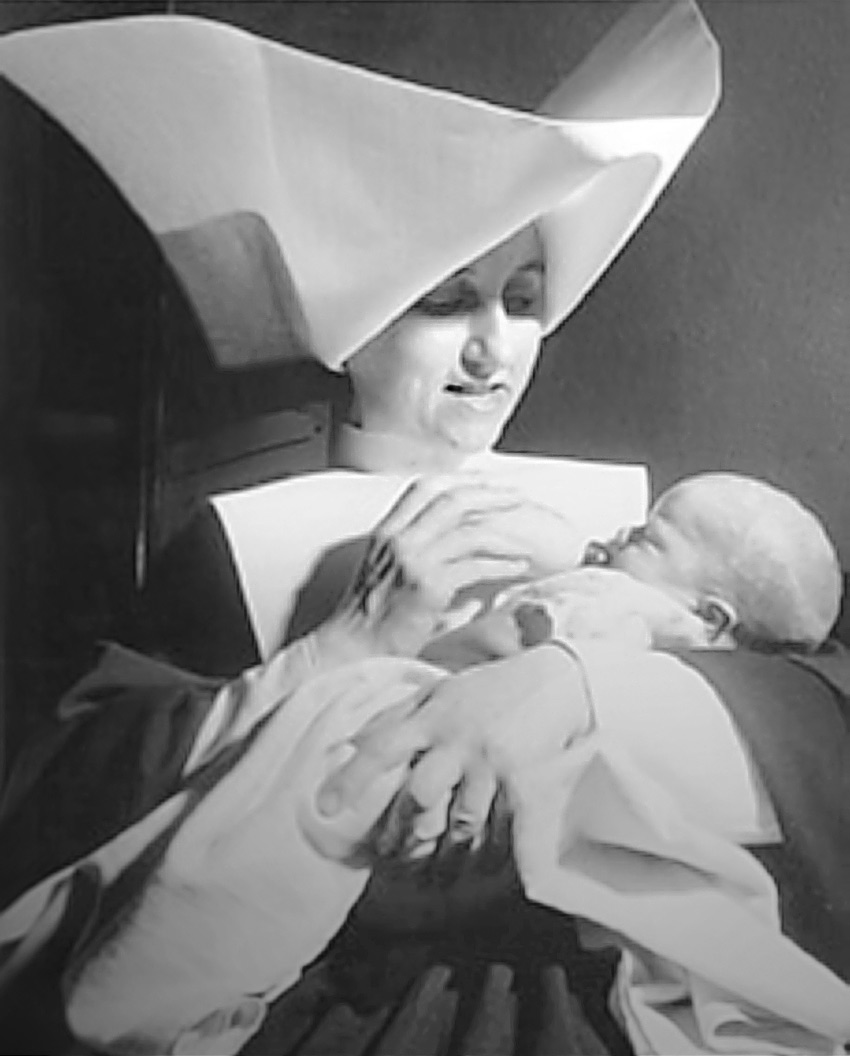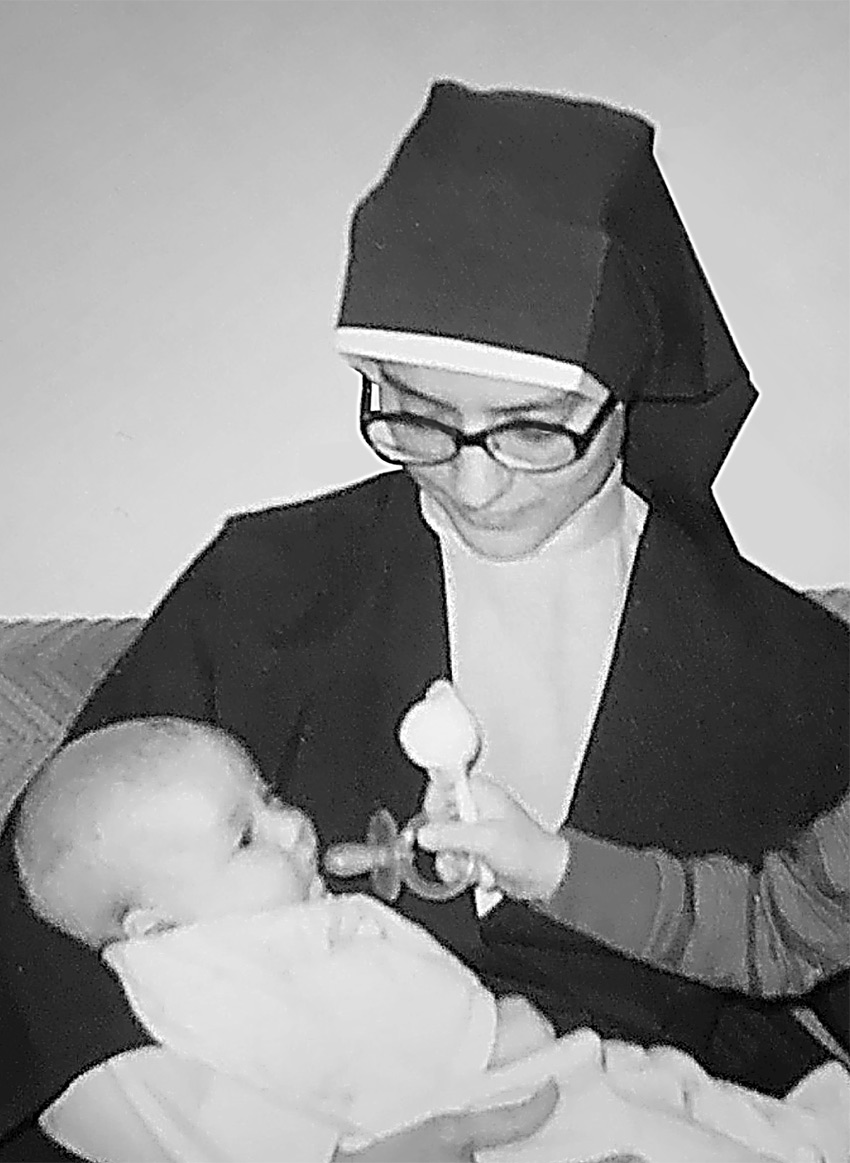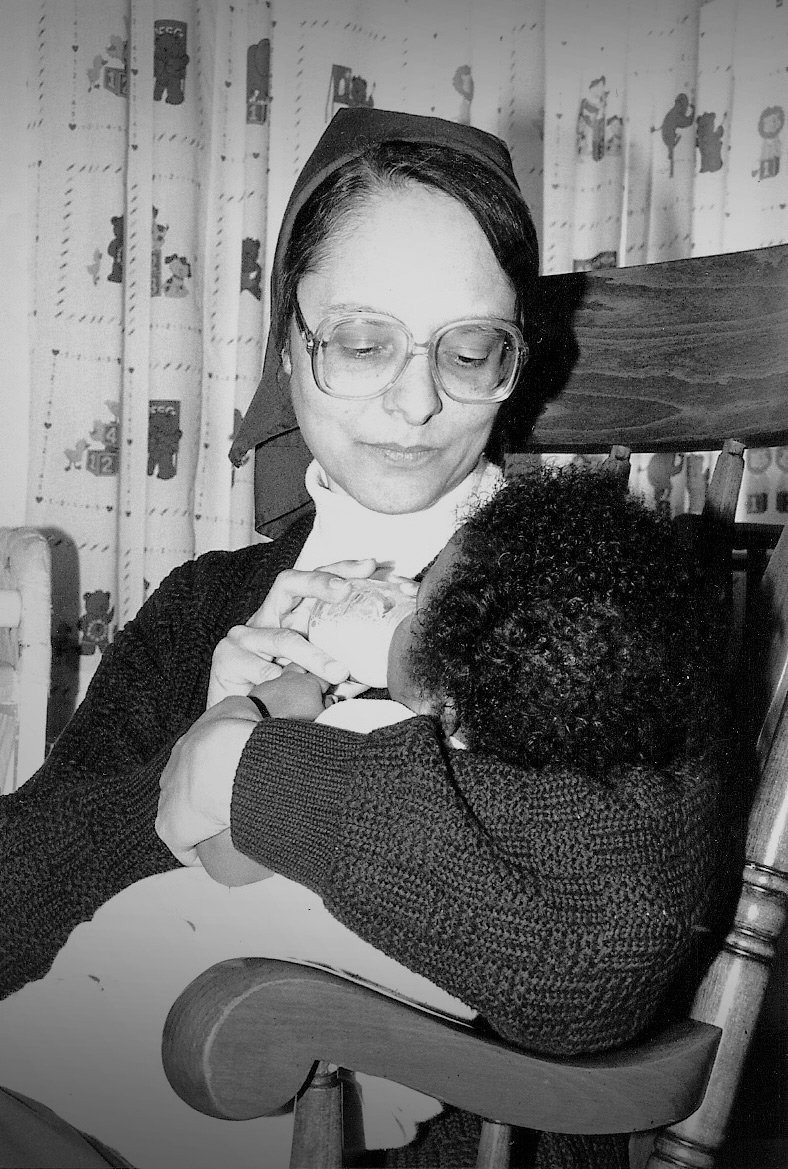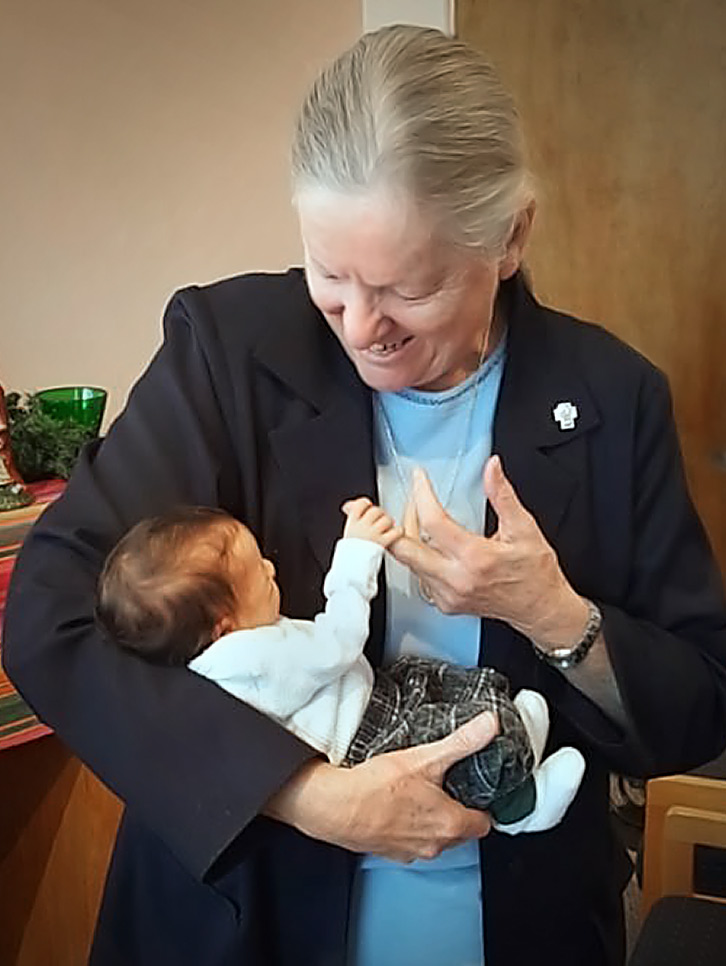Our History
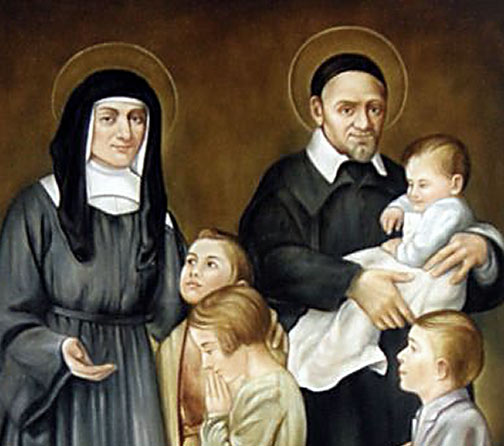
The Beginnings of the Province of St. Elizabeth Ann Seton
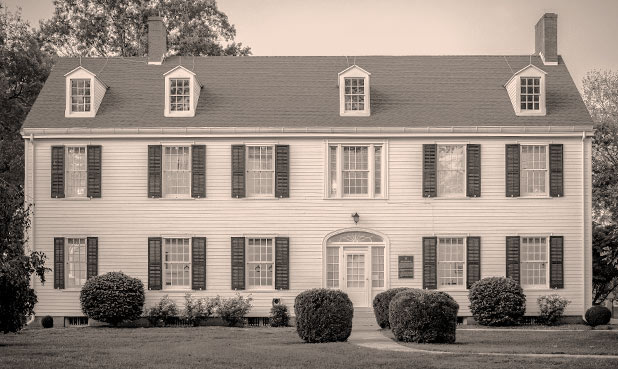
St. Joseph’s House in Emmitsburg, MD, the first home of the Sisters in the US
In 1850, the American headquarters for the Daughters of Charity was in Emmitsburg, Maryland, and they provided services primarily in those states east of the Mississippi River. They taught children, cared for orphans, and nursed the sick. Then California became the 31st state in the Union and the population in the San Francisco area grew rapidly just after the discovery of gold in 1848. Many new problems followed this population increase.
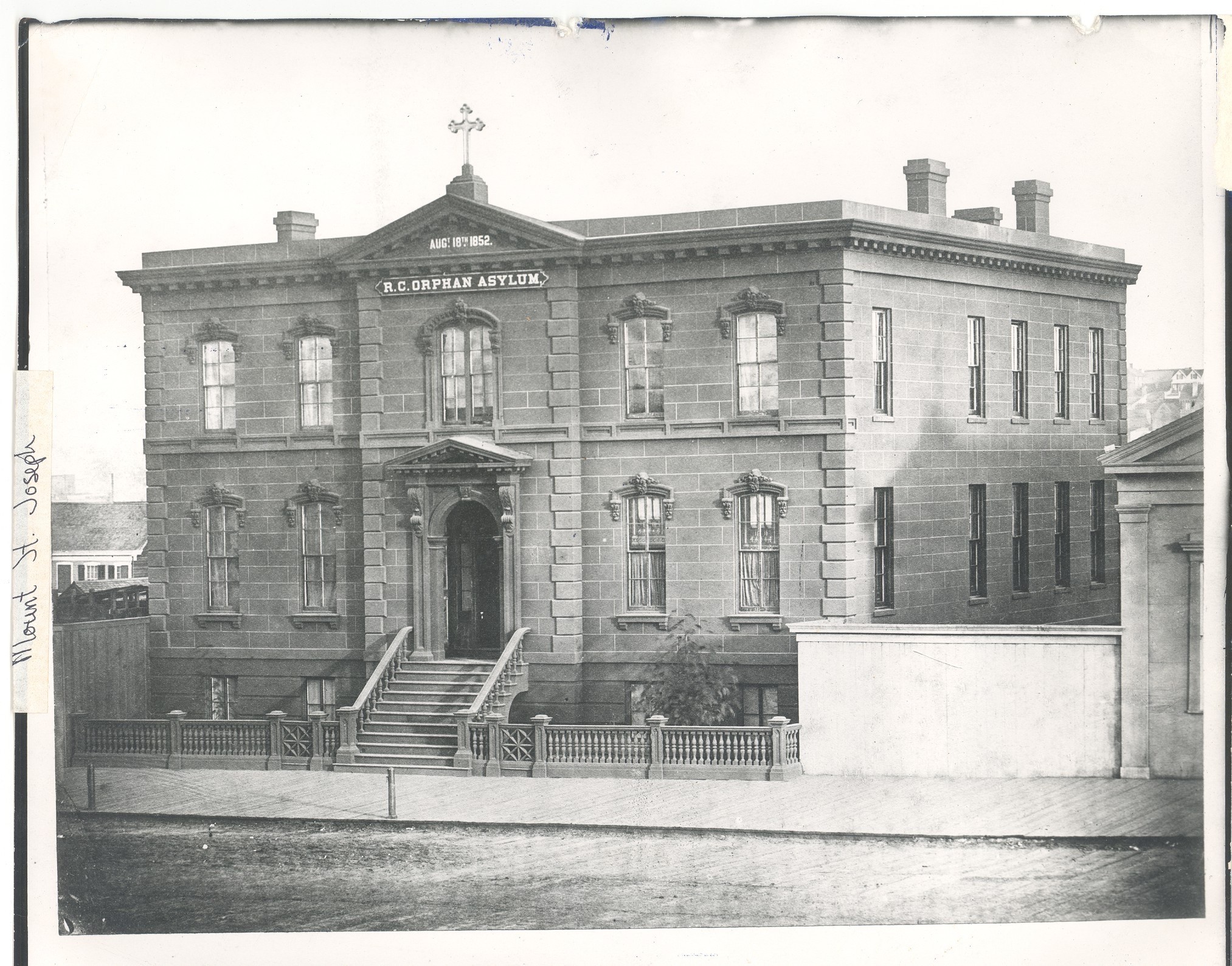
Orphanage on Market Street in the early days in San Francisco
In 1852, the Archbishop of San Francisco appealed to the leadership in Emmitsburg requesting Sisters to care for the orphans of the cholera epidemic. The leadership responded and seven Sisters began the long, perilous journey from the east coast to California to begin an orphanage and school in San Francisco.



